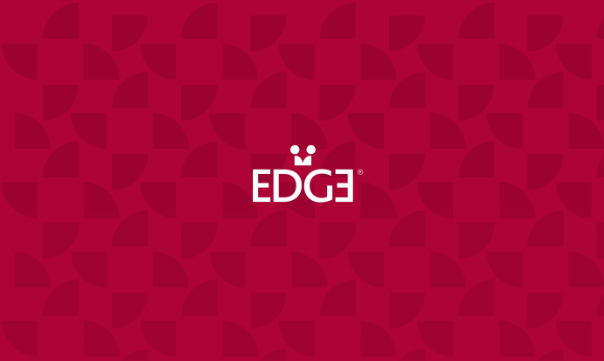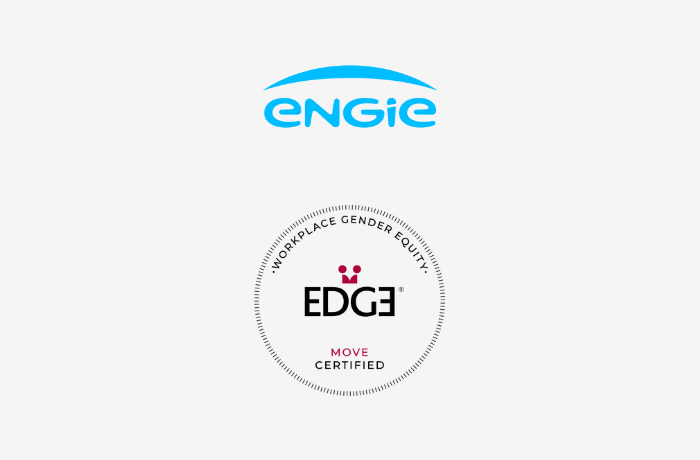In 2021, the unadjusted gender pay gap in Europe was 14%, according to Eurostat. It has stubbornly remained roughly the same for decades. PwC estimates it will take another fifty years to reach gender pay parity in Europe and the OECD, so that a woman in her twenties entering the workforce now will not experience pay equity before she retires. The EU Parliament decided that’s too long. On the 30th of March 2023, it adopted a new EU Pay Transparency Directive, a legislative proposal of the European Commission, which will compel organizations to close their pay gap or face financial consequences. The Directive sets out strict rules on pay gap reporting and remediation and, for the first time, includes the unexplained gender pay gap elements already central to the EDGE Certification Methodology and Standards.
All member states of the European Union have three years to enshrine the Directive into national law. Organizations will, (together with other pay transparency measures forcing employers to be more transparent and objective in their hiring and salary determination process), have to report their pay gap publicly from 2027. To do so, organizations across the EU are strongly recommended to start measuring unexplained gender pay gaps today and take remedial action to reduce the pay gap below the EU’s 5% threshold before the implementation of the Directive. The risks are both financial and reputational. Those who are using EDGE Certification will already be optimally prepared to meet the 2027 deadline.
How Will Companies Be Affected?
While the principle of closing the gender pay gap is nothing new in the EU, in reality, progress to reach pay parity has been slow due to a lack of transparency and accountability around pay data. This latest Directive addresses the need to be transparent in disclosure and about the commitment and remedial actions needed for an organization to achieve an unexplained gender pay gap of 5% or less.
Companies with more than 250 employees will need to report their gender pay gap annually, on their website, in their annual reports, or submitted to the appropriate national authority. Any organization with 150 to 250 employees will have to report every three years (this will eventually be extended to companies with more than 100 workers). Senior management will need to sign off on the data, which is being reported publicly, and so will need reassurance about the reported outcomes. Independent third-party verification is at the heart of the EDGE Certification system, which gives the executive team peace of mind that the pay-related data is of requisite high quality, accurate and complete.
Although recent Swiss regulation has arguably been the most prescriptive legislation to date in the region, the new EU Directive is far more stringent, especially in the frequency of the expected pay analyses. The EU Directive asks for annual pay gap reporting, and when companies are non-compliant with the threshold, will impose financial penalties and require companies to take remedial action quickly. Where pay reporting reveals a gender pay gap of at least 5% in a given category of workers, and an employer cannot justify the gap based on objective, gender-neutral criteria, the employer must conduct a joint pay assessment in cooperation with worker representatives.
EDGE Certification has used the 5% tolerance threshold in equal pay for equivalent work since its inception more than a decade ago. It still represents the current universally accepted threshold used for pay equity analyses today. Furthermore, the EDGE methodology gives organizations the opportunity to identify the outliers in their pay gap analysis, and EDGE’s policy and practices methodology specifically asks companies to detail the corrective action that is being taken to address the pay gaps that have been detected. The process is similar to the EU’s Directive, giving organizations who are already undergoing EDGE Certification a distinct advantage.
Reducing Financial and Reputational Risk
Preparing early to comply with all of the EU pay transparency measures will help mitigate the risk of incurring fines from national authorities, help build a strong framework of relevant policies and practices within an organization, enhance trust and reduce the risk of compensation claims from employees as their right to information on pay increases.
Organizations should put a plan in place now to prepare for the change. To support a compliant pay gap analysis, there are numerous reasonably priced, off-the-shelf methods and tools available today, including the EDGE Empower® Pay Tool.
Additionally, EDGE collaborates with three global providers PayAnalytics, Syndio, and TRUSAIC. All three companies have been independently validated as compliant with the EDGE Certification requirements for pay equity analysis. These pay equity solution companies can analyze, identify, and monitor pay gaps which gives HR departments a head start in becoming both EDGE Certification compliant and achieving the emerging EU Disclosure requirements.
Aligning Data with Different Regulatory Requirements
The pace of the development of pay gap assessment and disclosure measures and regulatory requirements continues to grow around the world, we have seen measures introduced in Brazil, New Zealand, and additional US States only very recently. Organizations with operations in multiple markets and regions are highly challenged to meet these often diverse expectations, even though the principle of equal pay for equal work or work of equal value is common almost globally. The EDGE Certification methodology is comprehensive on this topic, and using one externally verified baseline set of data can empower organizations to achieve compliance across multiple jurisdictions simultaneously. An organization operating globally may benefit from ensuring the same focus on the pay equity topic, the same analysis, policy development, resulting corrective practices, and communications strategy.
This Directive marks the beginning of a new era for DE&I within the EU. The impact on equal pay for equivalent work is expected to be strong, finally making a dent in the stubbornly resistant gender pay gap of the past decades.



